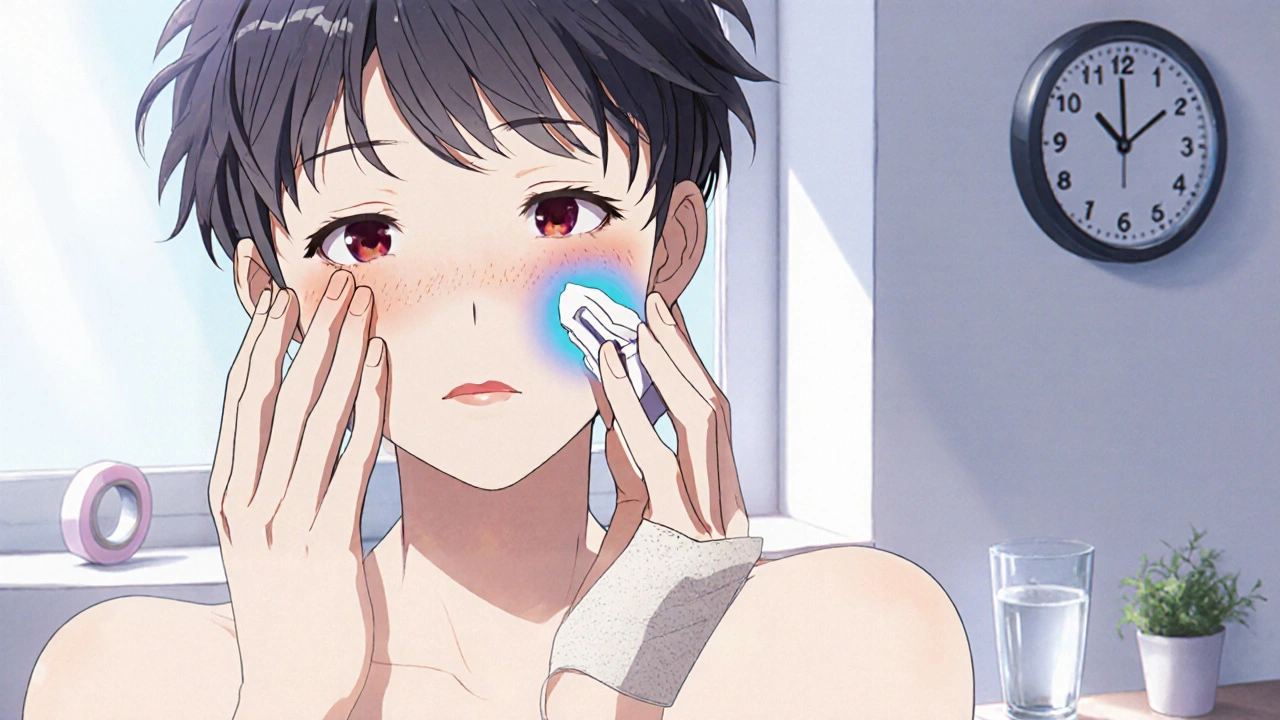
Hydrocortisone cream can help reduce post-surgery swelling and discomfort when used correctly. Learn when, how, and why to use it safely for faster recovery after procedures like liposuction or facial surgery.
When your skin gets red, itchy, or swollen, hydrocortisone, a mild corticosteroid used to reduce inflammation and itching. Also known as cortisol analog, it’s one of the most common over-the-counter treatments for skin flare-ups. You’ll find it in creams, ointments, and lotions—often in the first-aid aisle or next to the bandages. It doesn’t cure the problem, but it calms the body’s overreaction, which is why so many people keep a tube handy.
Hydrocortisone works by slowing down the immune system’s local response. When you get poison ivy, a bug bite, or eczema, your skin sends out distress signals that cause redness and swelling. Hydrocortisone steps in and quiets those signals. It’s not an antibiotic, so it won’t fight infection—but if the issue is inflammation-driven, it’s often the fastest way to feel better. People use it for rashes from laundry detergent, sunburn irritation, mild psoriasis, and even diaper rash in babies. It’s not meant for long-term use on large areas, though. Overuse can thin the skin or cause other side effects, which is why most packages say to stop after a week unless a doctor says otherwise.
Related to hydrocortisone are other corticosteroids, stronger prescription steroids used for more severe inflammation, like prednisone or triamcinolone. These are for deeper or widespread issues—think asthma flares, severe eczema, or autoimmune conditions. But for everyday skin problems, hydrocortisone is the go-to because it’s gentle, widely available, and works quickly. You’ll also see it in topical steroids, a category of skin-applied anti-inflammatory drugs that include everything from baby rash creams to prescription strength treatments for psoriasis. The key difference? Strength and duration. Hydrocortisone is the entry point.
What you won’t find in most stores is hydrocortisone for eyes or inside the nose—those are special formulations. Eye drops with steroids, for example, are only given by doctors because they can raise eye pressure. And while some people try using hydrocortisone cream on their scalp for dandruff, that’s not the right tool—dandruff needs antifungal treatments, not anti-inflammatories. Knowing where it works—and where it doesn’t—makes all the difference.
There’s a reason you see hydrocortisone mentioned in posts about allergic conjunctivitis, eczema, and skin reactions. It’s the quiet hero in so many daily health moments. The articles below cover how it compares to other treatments, when it’s safe to use, what to avoid mixing it with, and how to tell if your rash needs something stronger. You’ll find real stories from people who’ve used it, mistakes they made, and what actually worked. No fluff. Just what you need to know before you reach for that tube.

Hydrocortisone cream can help reduce post-surgery swelling and discomfort when used correctly. Learn when, how, and why to use it safely for faster recovery after procedures like liposuction or facial surgery.